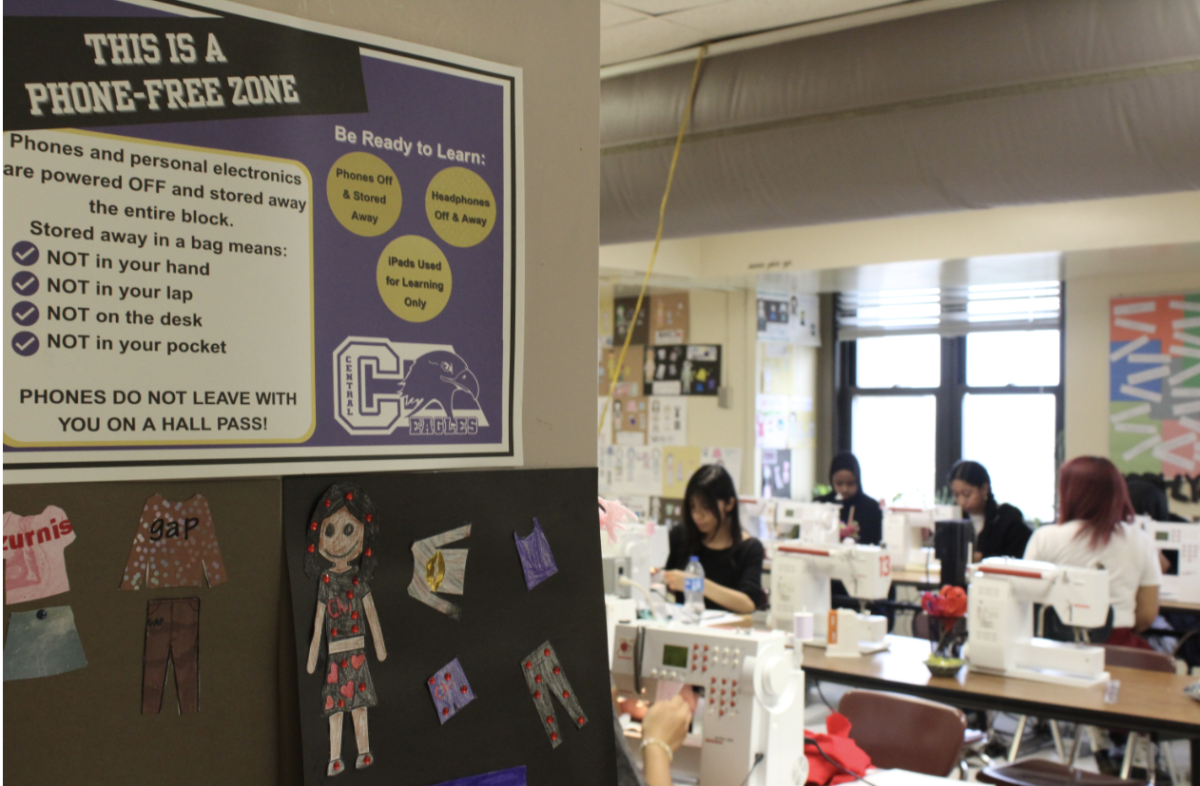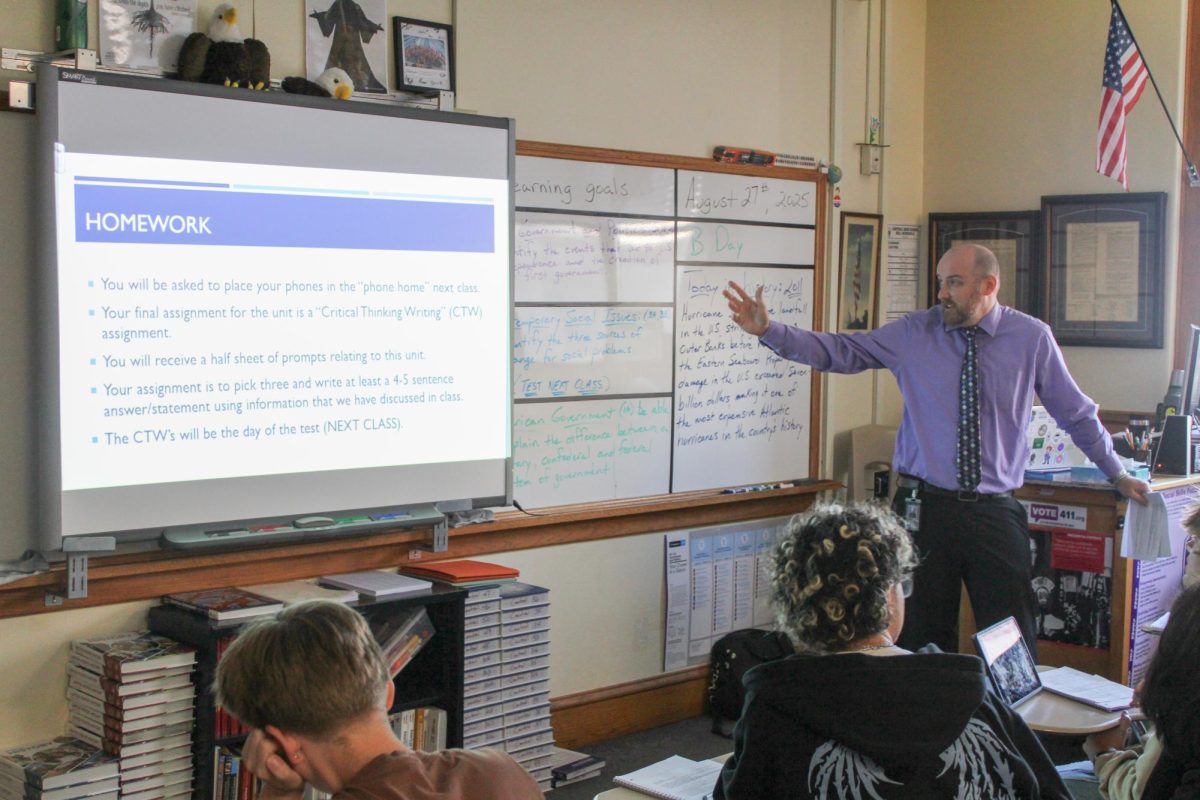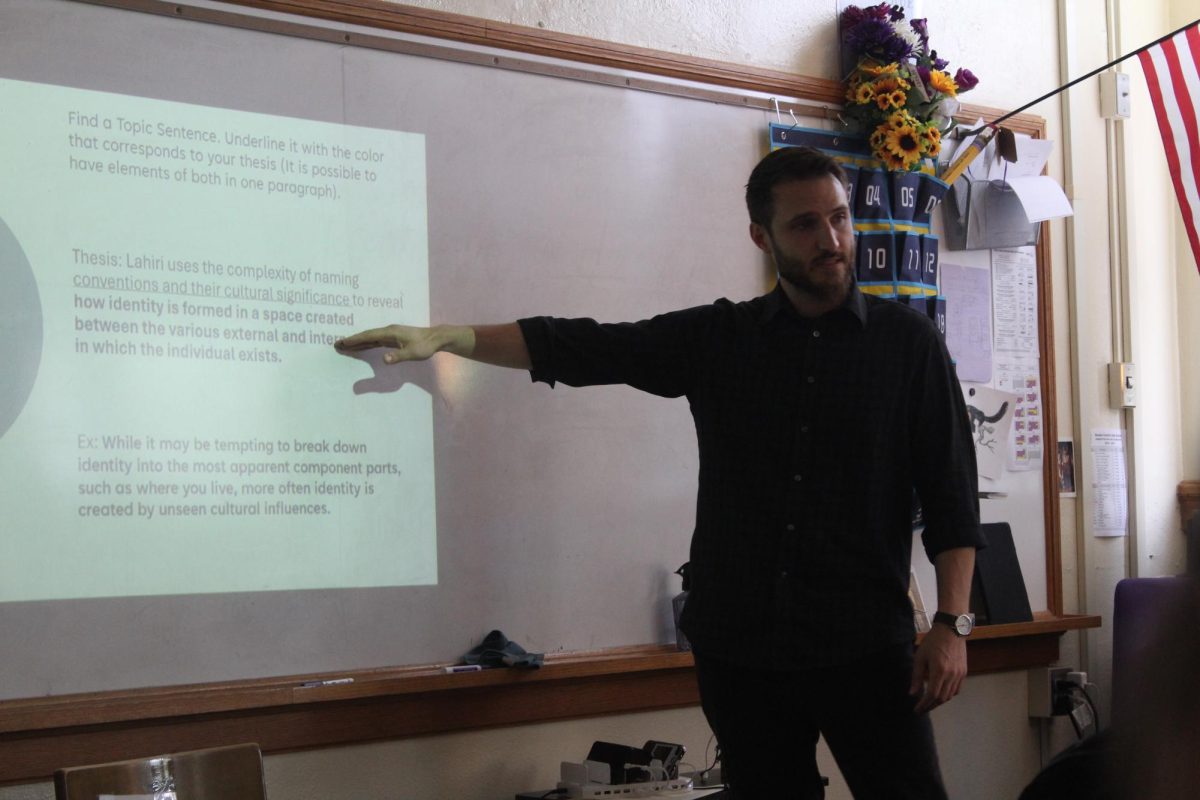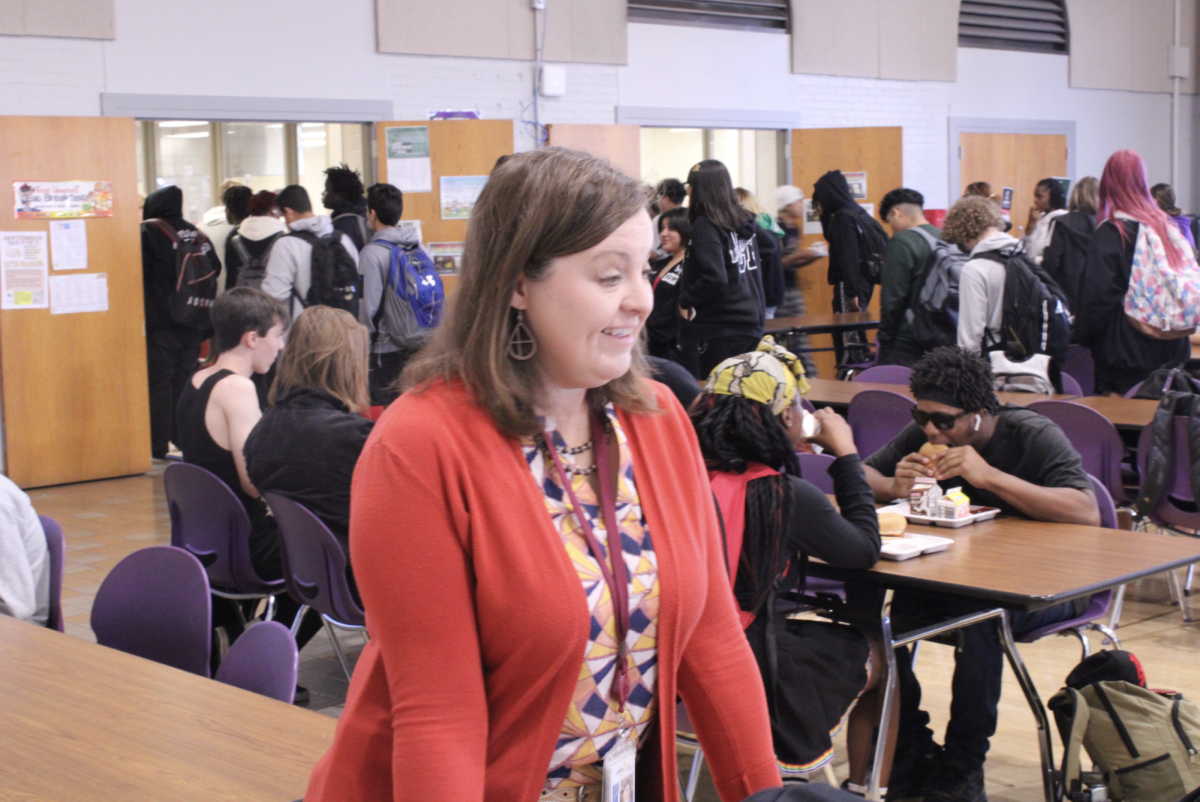I have looked around countless classrooms to see the faces of my peers glued to their phones during times of instruction. Even while checking your phone for 10 seconds, according to the University of California Irvine, “it takes an average of 2 minutes and 15 seconds to get back to the task.” The frustration of teachers is starting to show, and that has resulted in stricter phone policies.
Omaha Public Schools lets each school decide their own phone policy. Central’s focuses not on completely removing the phone but stressing the importance of when the appropriate time to use personal devices is.
Central has implemented a “Your Tech Time, Educational Tech Time and No Tech Time” policy. “Your Tech Time” is a time of no teacher instruction when students can use their personal devices. “Educational Tech Time” is time in class when students need to use their school issued iPad. “No Tech Time” disallows all student tech. Phones are only supposed to be used during Your Tech Time, otherwise they are expected to be off and stowed away in a backpack.
If students break these rules, teachers are encouraged by the administration to take the phone, write a referral or contact guardians, depending on the level of the offense.
In my almost three years at Central, I have found these policies to be ineffective in reducing the number of students on their devices during lectures. Students either do not care and use it anyway or teachers disregard the expectations, creating inconsistencies in the building.
Studies in other schools across the world have shown significant improvement in education when strict, even no-phone policies, were put in place.
According to The United Nations Educational, Scientific and Cultural Organization (UNESCO), in its 2023 Global Education Monitoring Report, there is little valuable data that shows technology has a positive impact on education.
The same report even called for a ban on smartphones at school, a claim that is bolstered by data from Spain showing reduced bullying, and data from Norway and Belgium seeing improved academic performance.
Some argue that banning phones is unsafe, especially in the U.S., and that it should be the students’ responsibility to self-regulate.
In the U.S., states like Florida and Ohio have recently passed bills that totally ban the use of phones during school hours.
According to the Tallahassee Reports, “test score of students aged 16 increased by 6.4% of a standard deviation.” Phones are used by 97% of kids over the age of 12 and serve as the main way teens connect with the world. It also allows students to communicate with loved ones during horrifying situations, like school shootings.
While students are in charge of their education and you cannot force someone to learn, it is important to try.
This ban needs to be consistent around the entire building, so students have a level of expectation in every class they step foot into. A useful way of doing this is a “phone home” or just anywhere that forces students to remove their phones from arm’s length.
By banning phones during instructional time at Central, it would be more possible to engage kids in class and allow them to receive the education they deserve.




















